Do Snails Need New Shells: Debunking Common Misconceptions
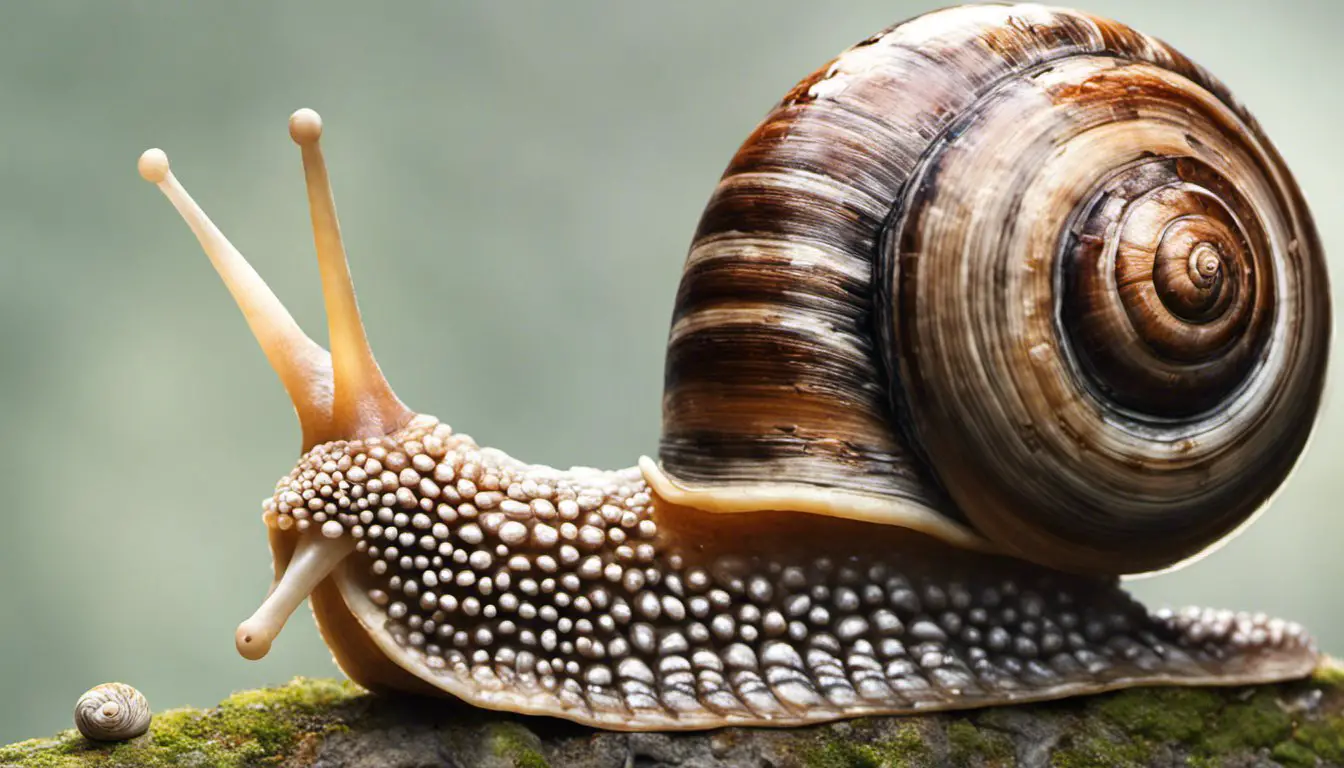
Many people wonder, do snails need new shells in their lifetime? Snails and their shells share a close relationship, as these gastropods are born with their shells and keep them throughout their lives. The shell grows with the snail, providing protection and support for the body.
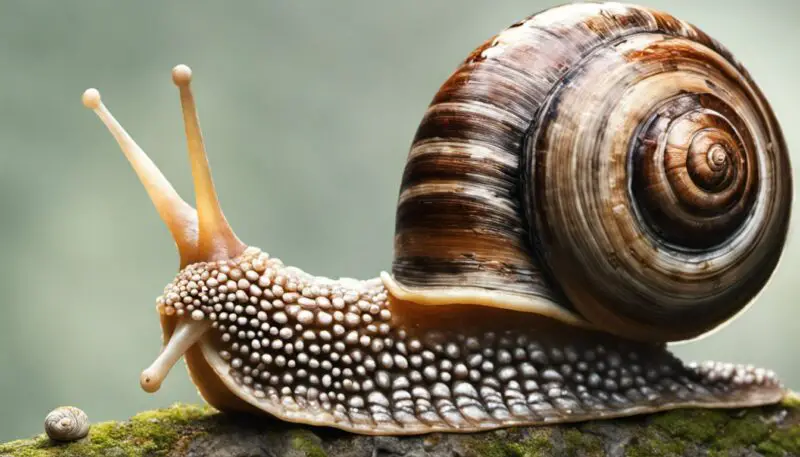
Aquarium snails and other species do not need to replace their shells. However, certain circumstances may arise that could make a snail’s shell unhealthy, such as a lack of nutrients or damage. In such cases, the snail may require additional care to help improve its shell’s health and overall well-being.
By understanding the integral connection between snails and their shells, you can better care for these fascinating creatures in your aquarium or garden, ensuring they live healthy lives with their constantly growing shells.
Contents
Table of Contents
The Basic Anatomy of Snail Shells

Understanding the Spiral and Apex
A snail’s shell plays a crucial role in the protection and survival of the animal. When you observe a snail shell, you will notice the distinct spiral pattern that forms the overall shape. This spiral results from the snail’s growth, with each coil representing a different stage in the snail’s life.
At the center of the spiral, which is the smallest coil, lies the apex of the shell. The apex is the starting point of a snail’s shell and serves as an essential reference for determining the age of a snail. As the snail grows, the shell expands spirally, increasing in size and complexity.
The Role of Calcium Carbonate
A critical component of snail shells is calcium carbonate, which provides strength and rigidity to the shell. Calcium carbonate primarily exists as aragonite or calcite minerals that comprise the shell’s layered structure. The layers in snail shells offer protection and allow the shell to expand with the growing snail.
Snails obtain calcium carbonate from their diet to ensure the health and strength of their shells, consuming calcium-rich foods and sometimes even ingesting small pieces of limestone or seashells. Snails must maintain adequate calcium levels as it directly impacts the development and maintenance of their shells.
In summary, the basic anatomy of snail shells consists of a spiral pattern with an apex at its center, representing the snail’s growth and age. Calcium carbonate is a vital component of snail shells, providing essential strength and allowing the shell to grow alongside the snail.
By understanding these essential aspects of snail shell anatomy, you can appreciate the unique and essential role that the shell plays in a snail’s life.
Importance of Shells to Snails

Shells play a crucial role in the lives of snails, providing them with essential protection and adaptation capabilities. This section will explore two key functions of snail shells: Protection Against Predators and Environmental Adaptation.
Protection Against Predators
Shells act as a natural armor for snails, protecting them from various predators. The spiral, dome-shaped structure of the shell is designed to withstand pressure and damage from external sources. By hiding within their shells, snails can avoid becoming an easy meal for birds, reptiles, and larger insects.
The shells provide a physical barrier and help camouflage them in their environment, making it difficult for predators to find them.
Environmental Adaptation
The shell also plays a crucial role in adapting to different environmental conditions. In dry or hot climates, the shell allows snails to retain moisture, preventing them from dehydrating. It also serves as an insulating layer, maintaining a stable internal temperature for the snail. This is especially important since snails are sensitive to changes in their environment.
In aquatic environments, the shell is a buoyancy aid, enabling snails to navigate through water easily. The shell’s streamlined design also reduces water resistance, allowing snails to move more efficiently.
By providing them with protection against predators and the ability to adapt to various environmental conditions, shells are an essential part of a snail’s survival strategy.
Shell Growth and Development

Starting with Protoconch
When a snail is born, it starts with a tiny shell called a protoconch. This shell grows together with the snail, providing protection and support as the creature develops. The protoconch is initially thin and translucent, making it vulnerable to damage. However, as the snail consumes calcium-rich food, its shell gradually hardens and strengthens.
The Continuous Growth Process
As your snail matures, its shell growth continues to maintain pace with its growing body. The growth process involves secreting new layers of shell material, mainly calcium carbonate, in a spiral pattern. This process allows the snail’s shell to expand and accommodate the animal’s increasing size.
To ensure a healthy shell, the snail needs to consume enough calcium in its diet. Calcium helps to maintain structural integrity and shell thickness. Any deficiencies in calcium intake can lead to issues such as shell deterioration or malformation. That’s why it’s essential to provide a suitable calcium source for snails, either through their diet or by supplementing their environment with appropriate materials.
As the snail grows and develops, shell repair mechanisms also kick in if the shell suffers any damage or cracks. While minor injuries can be repaired naturally, severe shell damage may significantly impact the snail’s overall health and even become life-threatening.
In conclusion, it’s essential to monitor the shell growth and development of snails carefully. Ensuring proper nutrition and environmental conditions can help protect these beautiful creatures and promote healthy, long lives.
How Do Snails Get Their Shells? (Are Snails Born With Their Shells?)
Understanding Shell Repair and Changes
Repairing Damage
When a snail’s shell gets damaged, it can repair it independently. Glands located in its mantle help the snail repair the damage by excreting ‘shell substances’ necessary to fix the old shell around the broken area source. Within a few weeks (usually about 1 or 2 weeks), these cells fuse with calcium and harden the outer coat of the shell, restoring its integrity.
Providing your snails with a calcium-rich diet or source is crucial to adequately repair their shells and maintain a healthy, sturdy structure.
Outgrowing and Shedding Shells
Unlike hermit crabs, snails do not change shells as they grow. Instead, their shells grow along with them throughout their entire lives. Snails create new shell material using calcium from their diet to make room for their expanding bodies. As their shells continue to grow, they become more spiral-shaped and elongated, accommodating their increasing size.
Snails do not shed their shells like some animals shed their skin. Their shells are a part of their bodies, and they cannot survive without their source. If you see a snail without a shell or with a severely damaged shell, the chances of survival are minimal. Providing sufficient calcium in their diet and a safe environment can help minimize the risk of shell damage and ensure healthy growth.
How Snails Attain New Shells
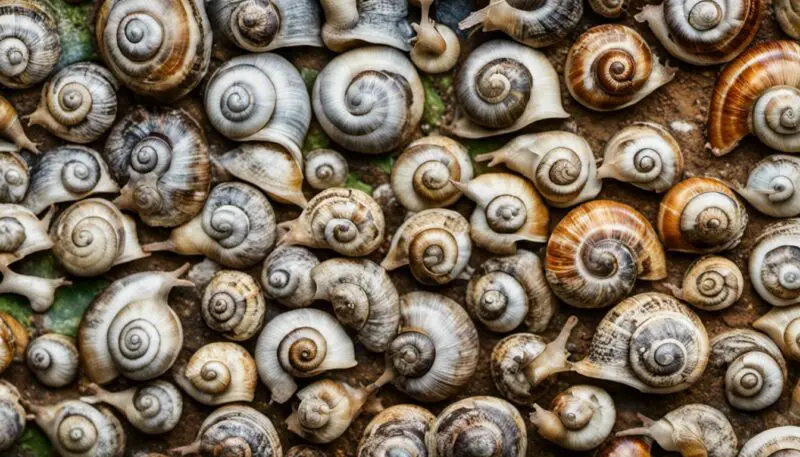
Natural Growth
When it comes to aquarium snails, you may wonder how they attain new shells. These creatures are part of the mollusk family and possess unique abilities to maintain their exoskeletons. Firstly, the process of getting a new shell begins with their natural growth.
Like most mollusks, Snails continuously grow their shells by secreting calcium carbonate from their mantle edge, gradually adding to the shell’s size and structure.
During this process, the snail’s body absorbs nutrients from its environment and food, ensuring they have the resources necessary to maintain and strengthen their shells. As you care for your aquarium snail, ensure it has a balanced diet and a sufficient source of calcium. This will guarantee its shell is always strong and growing healthy.
Adopting Exoskeletons from Other Creatures
It is essential to clarify that, unlike hermit crabs, snails cannot adopt discarded shells or exoskeletons from other creatures. The shells they possess are unique to their own body, as it’s biologically built and grown over time.
This distinction is crucial when comparing the two, as snails rely solely on their own natural growth to improve their shells, whereas hermit crabs seek out new shells as they outgrow their previous ones.
Knowing this information, you can now confidently understand how aquarium snails receive new shells. By focusing on their natural growth and proper care, you’ll ensure their longevity and health. Remember, offering the right nutrients and a suitable environment is key to maintaining your snail’s well-being.
Role of Calcium in Shell Formation

Sources of Calcium
Calcium plays a crucial role in the formation of snail shells, as well as the shells of other mollusks. These animals, including snails, obtain calcium from various sources, such as their diet or the surrounding environment. Snails can get calcium by consuming calcium-rich foods like plant matter, algae, or other animal remains.
In aquatic environments, snails can also absorb calcium ions directly from the water they live in. As snails eat and filter water, they take in the necessary calcium ions that contribute to shell formation.
Incorporation of Calcium into Shells
Once snails and other mollusks have obtained calcium from their diet or environment, they use it to form their shells. The calcium is combined with carbonate ions to create calcium carbonate, the primary component of many mollusk shells. This process occurs within specialized cells called mantle cells, which secrete calcium carbonate as tiny crystals.
As the snail grows, its mantle continuously deposits calcium carbonate crystals in a controlled manner, forming layers that make up the rigid structure of the shell. Calcium’s fundamental role in forming the snail’s protective shell is integral to this process.
Ensuring that snails have access to adequate sources of calcium, either through proper diet or environmental factors, is essential for the healthy formation and growth of their shells. This process, heavily reliant on calcium, highlights its vital role in shell formation for snails and other mollusks.
Shell Variations Across Different Snail Species

Distinct Shell Features Among Species
In the world of snails, you’ll find various shell shapes and sizes across different species. Each snail species has its distinct shell features, which are a product of their evolutionary adaptations to specific habitats and lifestyles. For instance, aquatic snails typically have spiral-shaped shells, while land snails often have more rounded shells.
Some snail species are known for their unique shell characteristics, such as the cone snails’ pointed shells or the discus snails’ flat, almost disc-like shells. These specialized features can influence the snail’s mobility, protection, and even mating habits, contributing to the incredible diversity we can observe in the snail family.
Atypical Shell Formations
While most snail species exhibit easily recognizable shells, a few possess atypical shell formations, setting them apart from the norm. For example, some snails have extremely reduced shells to the point where they cannot fully retract their body into it. The semi-slugs found in some tropical regions are an example of this phenomenon.
Another intriguing variation can be observed in species like the Violet Sea Snail, which creates a free-floating raft out of mucus and bubbles to help disperse its eggs across the ocean surface. This unusual reproductive strategy requires a much lighter and more delicate shell, enabling the snail to stay afloat and perform its unique life cycle activities.
As you explore the fascinating world of snail species and their shells, it becomes evident that nature’s creativity knows no bounds. Each species’ shell is essential to its survival and success in diverse environments.
Frequently Asked Questions: Do Snails Need New Shells

How do snails repair damaged shells?
Snails have the ability to repair minor damages to their own shells. They can use calcium from their diets to rebuild the damaged areas. In some instances, snail owners might use temporary solutions, such as tape, to hold the shell together while the snail fixes it naturally.
Can snails change shells like hermit crabs?
No, snails cannot change shells like hermit crabs. A snail’s shell is unique to the individual and grows with them throughout their life. Removing a snail from its shell would cause harm or even death.
What is the shell growth process for snails?
Snail shells grow through a process where the snail secretes calcium carbonate from its body to create a thin layer on the edge of the shell. This layer gradually thickens over time, and the shell spiral grows larger as the snail matures. This process occurs throughout the snail’s life.
Do snail shells grow with them?
Yes, snail shells grow with them. As a snail grows and matures, the shell likewise expands in size. Snails are born with their shell, which grows with them throughout their lives.
How do snails form their shells?
Snails form their shells by secreting calcium carbonate from their body. This substance hardens, creating a protective layer. Snails continuously expand their shells in a spiral pattern, allowing the shell to accommodate their growing body. Mollusks, including snails, create their shells in a similar manner, whether they live in water or on land.
What are the differences between snail and slug shells?
The main difference between snail and slug shells is that snails have a distinct, well-developed external shell, whereas slug shels are either vestigial, hidden inside their bodies, or non-existent. Slugs share many characteristics with snails but have adapted to life without needing a prominent external shell for protection.


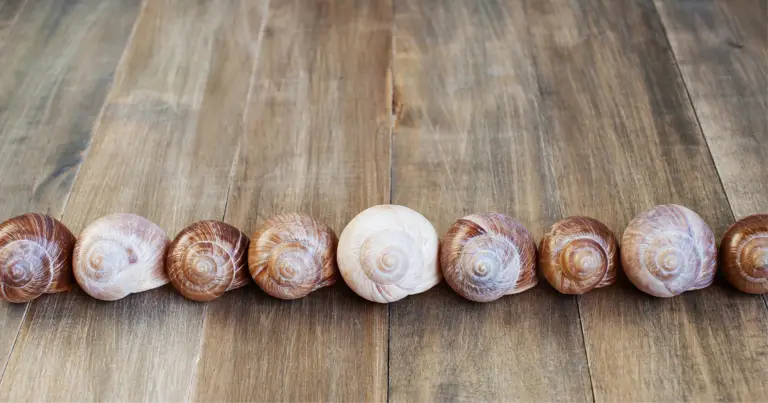
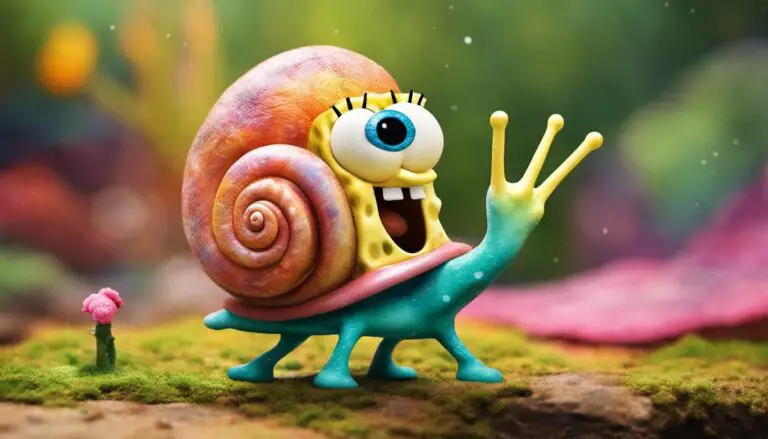

![Do Snails Have A Foot? [Full Guide]](https://allourcreatures.com/wp-content/uploads/2021/11/snail-foot-768x577.jpg)
